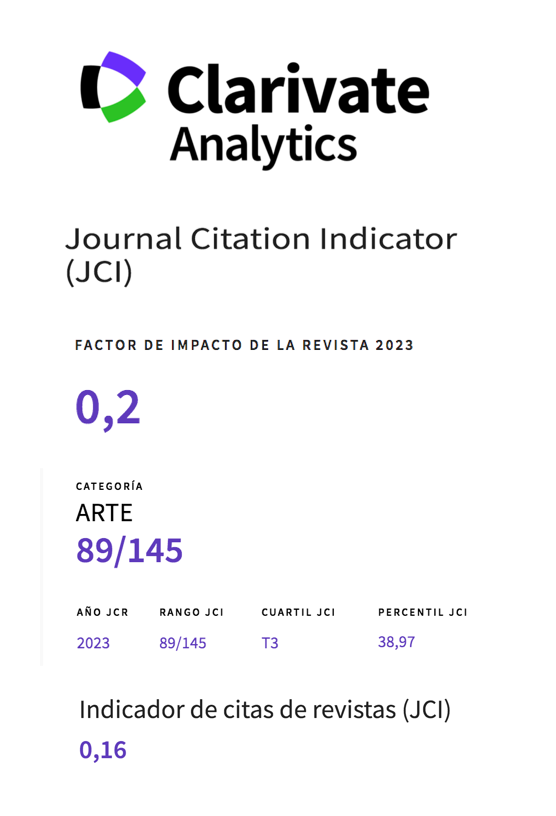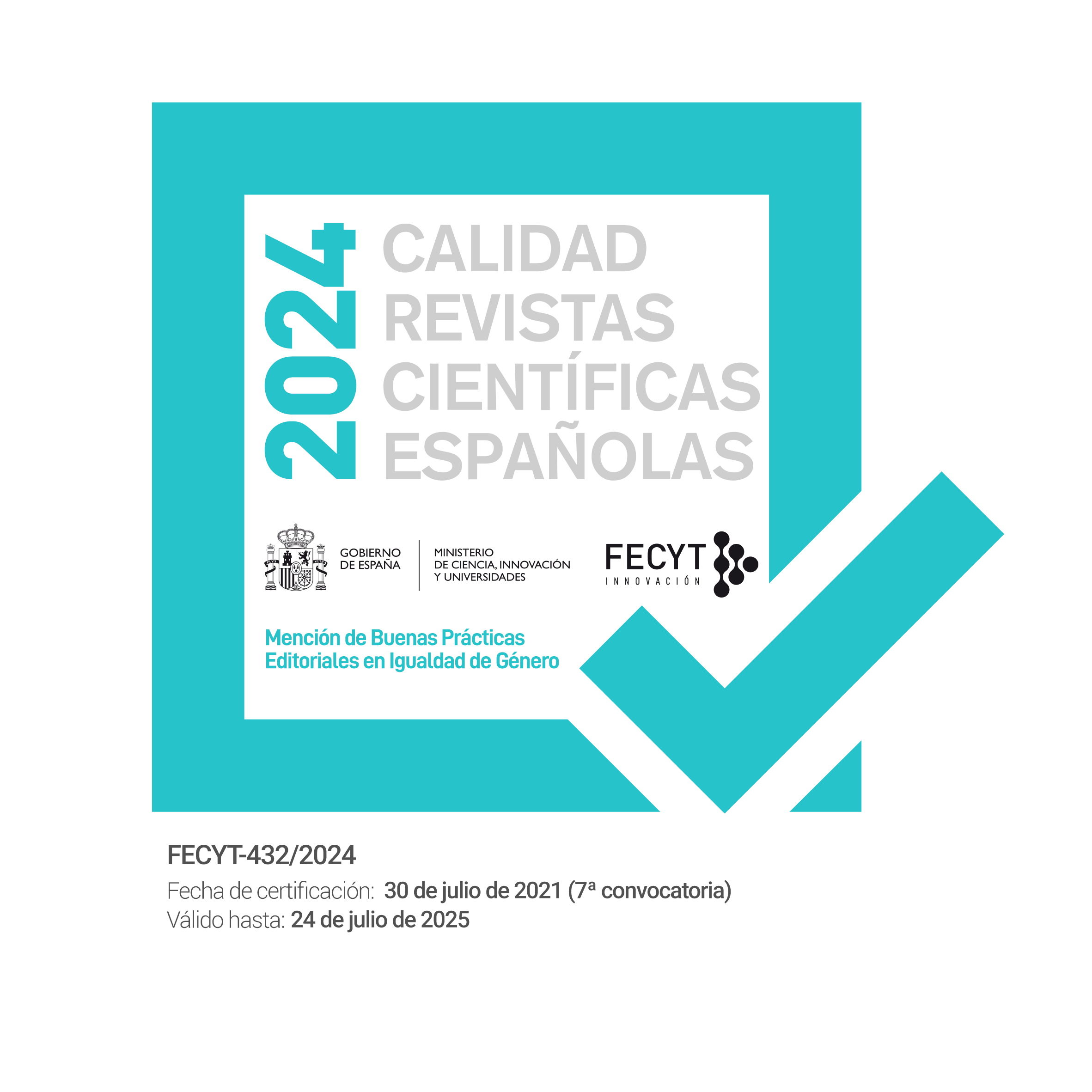Deconstructing Melancholy: Ophelia in the Work af Angélica Liddell
Abstract
Hamlet’s melancholy temperament has been long associated with the creative and visionary genius in Western culture. Ophelia, however, has been diagnosed with various pathologies, most of them linked to her fragile nature and the failure of their relationship. Considering the Shakespearean myth, Angélica Liddell investigates the idea of melancholy, and challenges the dualism of the lucid melancholy man and the cliché of love melancholy traditionally attributed to women in order to deconstruct them. Using the word as well as a staging style as beautiful as violent, Liddell visibilizes the perversity of power relations, while claiming the political nature of the personal and the private. This can be observed through the analysis of the plays La falsa suicida, Dolorosa and La casa de la fuerza, as well as through her photographic self-portraits quoting Ophelia.
Downloads
-
Abstract711
-
PDF (Español (España))497
References
Amorós, L. (2005). Abismos de la mirada: La experiencia límite en el autorretrato última. Murcia: Cendeac.
Bolaños, M. (2010). Pasajes de la melancolía. Arte y bilis negra a comienzos del siglo XX. Gijón: Ediciones Trea.
Brofen, E. (2006). Over Her Dead Body. Manchester: Manchester University Press.
Burton, R. (2006 [1621]). Anatomía de la melancolía. Madrid: Alianza Editorial.
Cornago, O. (2011). Epílogo.En A. Liddell, La casa de la fuerza, Te haré invencible con mi derrota, Anfaegtelse. Segovia: La uña rota.
Cortés Smith, C. (2011, 20 de octubre). Angélica Liddell en libro. El País. Recuperado de http://lacomunidad.elpais.com/libros-azules/2011/10/20/angel-ca-liddell-libro
Comay, R. (2005). The Sickness of Tradition: Between Melancholia and Fetichism. In A. Benjamin, (Ed.), Benjamin and History (pp. 88-101). London: Continuum.
Fernández, J. R. (2000). La falsa suicida, de Angélica Liddell, en Cuarta Pared. Primer Acto 282, 24-25.
Földényi, L. F. (2008). Melancolía. Barcelona: Galaxia Gutenberg.
Freud, S. (2010 [1929]). El malestar en la cultura. Madrid: Alianza.
Lévinas, E. (2001). Entre nosotros. Ensayos para pensar en otro, Valencia: Pre-Textos.
Liddell, A. (1993). Dolorosa. Universidad de Castilla La Mancha: ARTEA. Recuperado de http://artesescenicas.uclm.es/index.php?sec=texto&id=174
--------- (2000). La falsa suicida. Universidad de Castilla La Mancha: ARTEA. Recuperado de http://artesescenicas.uclm.es/index.php?sec=texto&id=175
--------- (2011a). La casa de la fuerza, Te haré invencible con mi derrota, Anfaegtelse. Segovia: La uña rota.
--------- (2011b, 30 de noviembre). Adversidad. Autorretratos. Angélica Liddell. Recuperado de http://solamentefotoss.blogspot.com.es/
--------- (2007). Y los peces salieron a combatir contra los hombres, Y como no se pudrió Blancanieves..., El año de Ricardo. Bilbao: Artezblai.
Schiesari, J. (1992). The Gendering of Melancholia: Feminism, Psychoanalysis and the Symbolics of Loss in Renaissance Literature. Ithaca: Cornell University Press.
Valèry, P. (1919). Crisis of the Mind. London: The Athenaeum. Recuperado de <http://www.historyguide.org/europe/valery.html
Villan, J. (2000, 23 de enero). Crueldad y limpieza. El Mundo.
Young, A. (1984). Hamlet and the Visual Arts 1709-1900, London: Associated University Presses.
Works published in this journal are subject to the following terms:
- The Service of Publications from the University of Murcia (publishing house) keeps the published works’ copyrights, and favors and allows the reuse of these works under the license indicated in point 2.
- Works are published in the journal’s online edition under the license Creative Commons Reconocimiento-NoComercial-SinObraDerivada 3.0 España(texto legal). They can be copied, used, disseminated, transmitted and publicly exhibited, as long as: i) the author and original source of publication are cited (journal, publishing house and work’s URL); ii) they are not used for commercial purposes; iii) the existence and specifications of this license are mentioned.
3. Conditions for auto-file. It is allowed and encouraged that authors share electronically their pre-print version (the pre-reviewed version) and /or post-print version (the reviewed and accepted version) of their Works before the publication, since it promotes its circulation and dissemination. RoMEO color: green.










